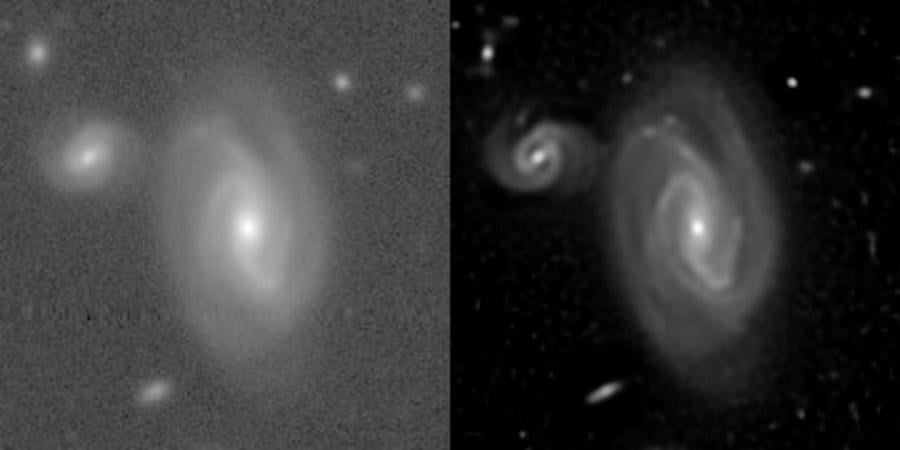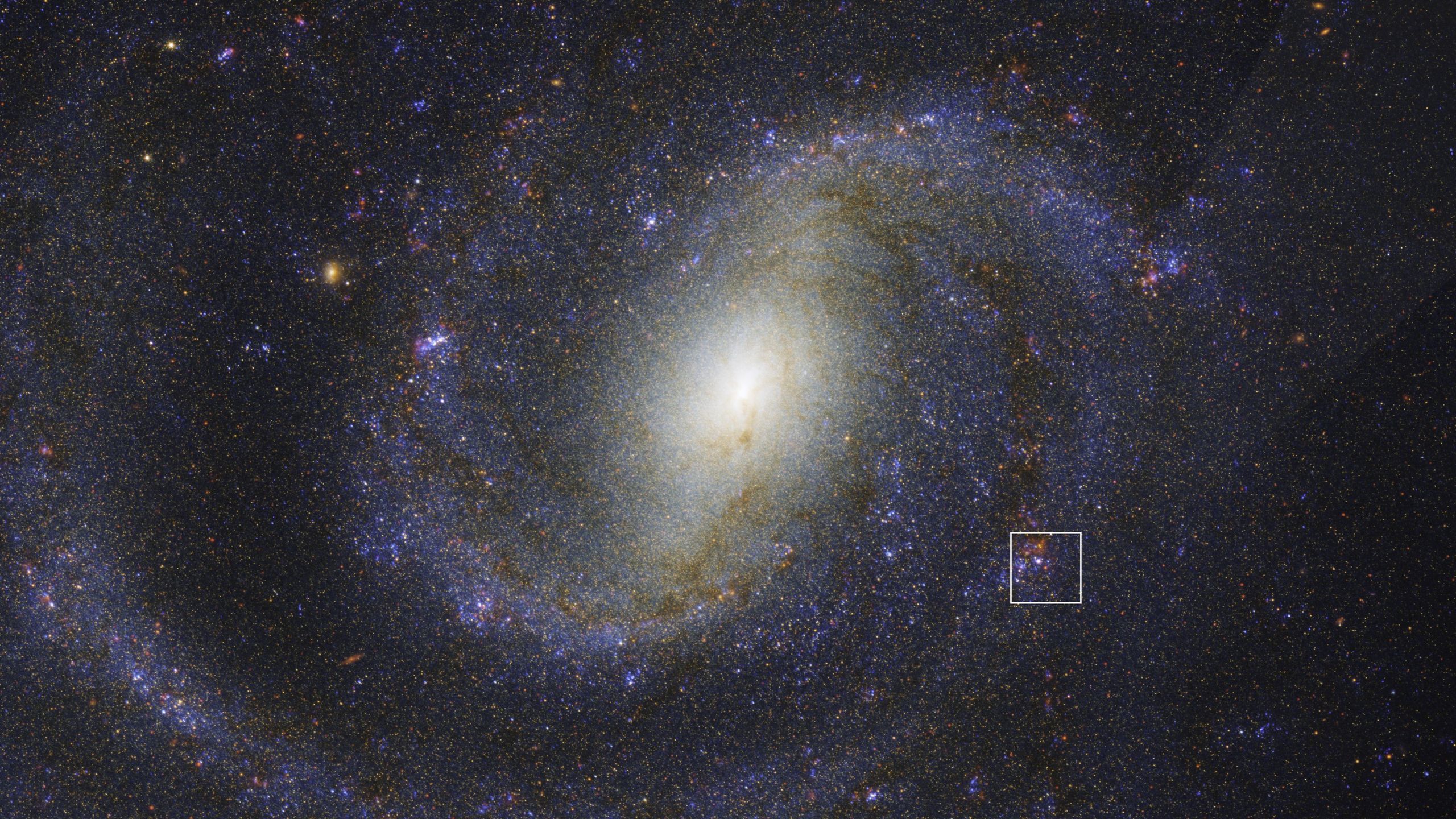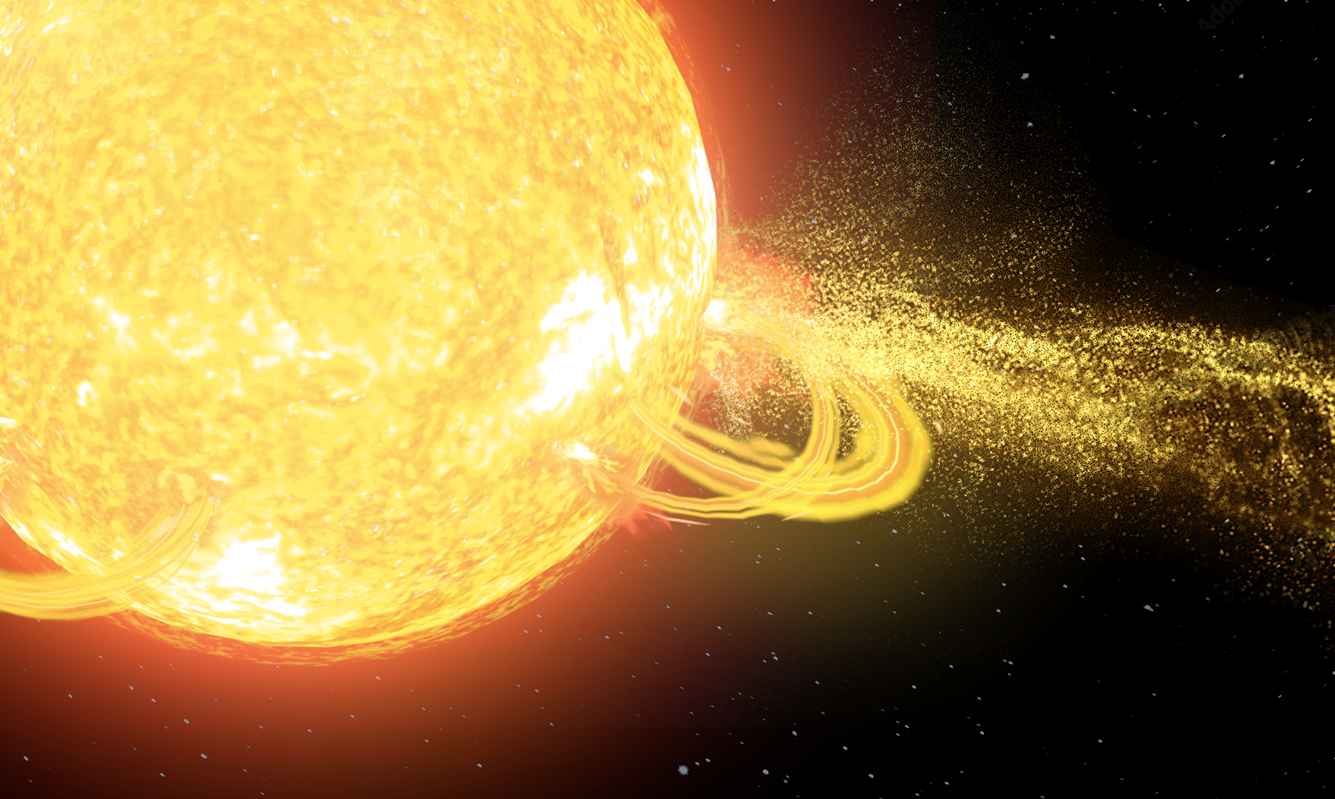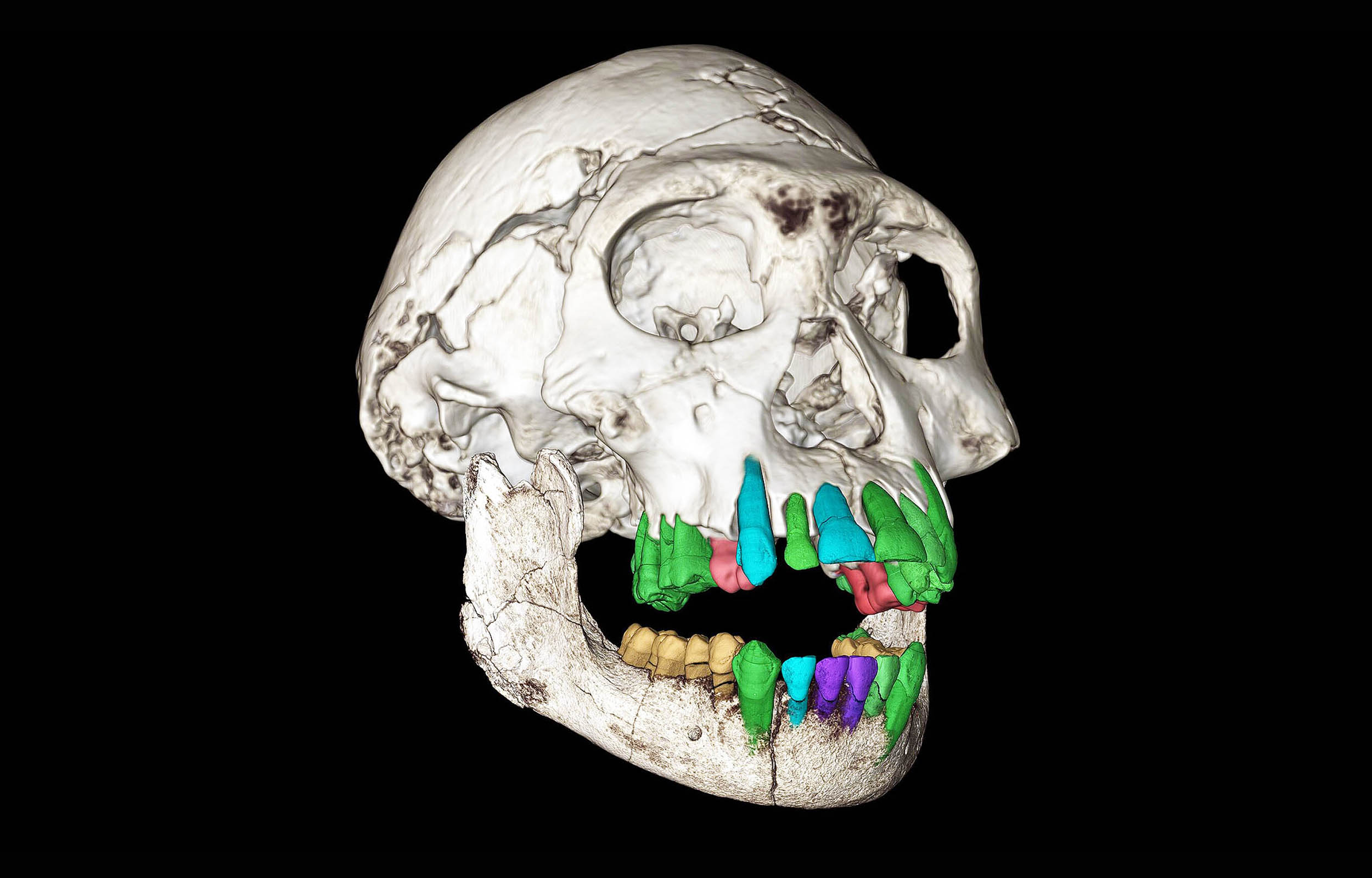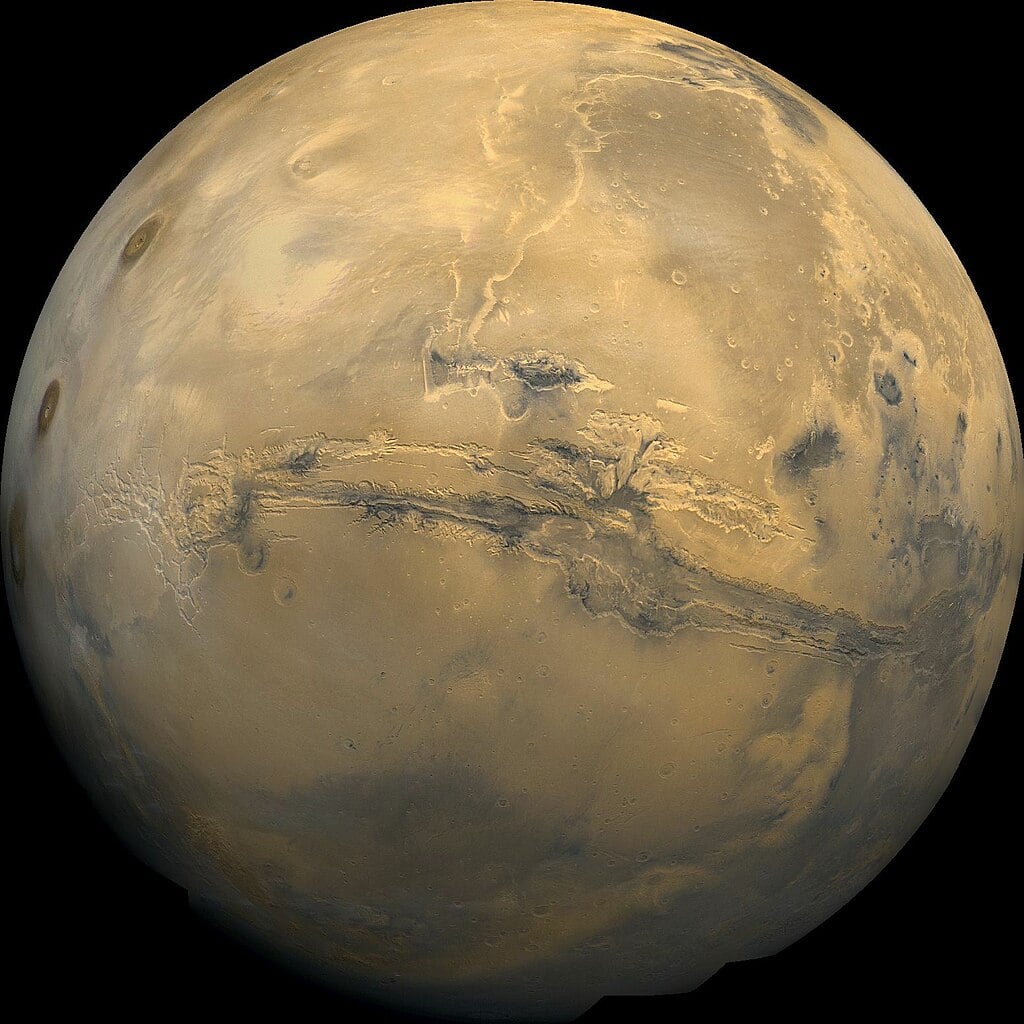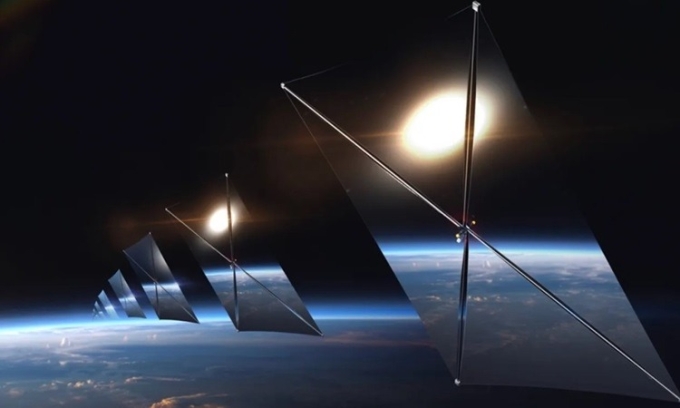NASA Astronaut Tests Mind-Blowing Chain Fountain Theory in Space!

Imagine a chain that defies gravity, momentarily rising like magic before it falls! This isn't a fantasy but a scientific reality that NASA astronaut Don Pettit explored with YouTuber Steve Mould. Their collaboration takes us to the International Space Station, where physics meets the bizarre and fascinating world of the "chain fountain" phenomenon.
Back in 2013, Steve Mould, a YouTuber and science communicator, captured our imaginations with a demonstration of the "chain fountain"—a mind-boggling effect where a chain seems to jump out of a container before crashing back down. This phenomenon, which has now become known as the "Mould effect," was previously an unsolved mystery in physics, and Mould's engaging presentation brought it to the forefront of public consciousness.
To put it simply, when you pull one end of a long chain out of a container, it appears to leap out momentarily before tumbling down. This curious behavior, although documented before Mould's experiments, lacked a clear explanation until his investigations sparked interest among academic circles and fellow creators like Mehdi Sadaghdar from ElectroBOOM.
But what causes this chain to rise? According to a 2016 study, it has a lot to do with the chain's unique local curvature. When one end is pulled, the chain's segments rotate, which produces a reaction force that kicks the beads upwards, creating that mesmerizing effect.
Fast forward to today, and Mould wanted to test his theories without the interference of gravity. Thus, he reached out to Pettit, who was intrigued by Mould's work and agreed to perform an experiment on the ISS. The goal? To see if a chain could maintain its shape and flow through its own curvature in a microgravity environment.
During their discussion, Mould explained how ideally, if gravity were absent, the chain would behave differently than it would on Earth. To test this, Pettit and Mould devised a plan to use a rectangular loop of chain, aiming to observe its movement when one end was pulled. However, microgravity presented challenges; Pettit described the chains as flailing around like errant molecules, making controlled observation tricky.
Despite the limitations, they were able to induce movement in the chain that seemed to align with Mould's hypotheses. As Pettit tugged on the chain, it followed its intended path, providing intriguing evidence supporting Mould's theory.
“This was a fantastic demonstration!” said Sadaghdar, who was part of the conversation, emphasizing the significance of the experiment. Yet, he humorously suggested that a follow-up experiment involving a 100-meter chain dragged behind Pettit during a spacewalk might yield even more definitive results.
This playful yet insightful exploration of physics illustrates how collaboration between scientists and creators can lead to groundbreaking discoveries, even in the most unimaginable places—like outer space!


